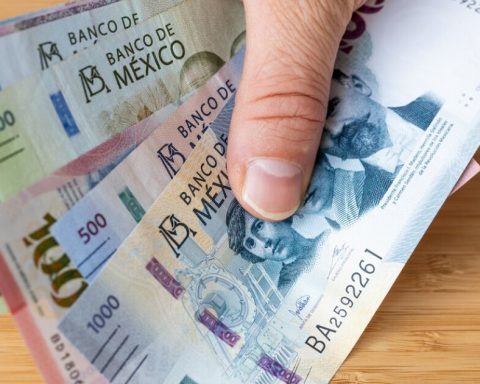Last year, 98.9% of total income from remittances was made through electronic transfers, reaching 51,045 million dollars. On the other hand, remittances made in cash and kind and money orders they represented 0.7% and 0.4% of the total amount.
“In March 2020, during the early effects of the COVID-19 pandemic in the United States, the Mexican migrant population, both documented and undocumented, is estimated to have dropped to 11.5 million people, its lowest level since 2014. But as the months went by, and driven by the strong fiscal stimuli from the US government, the economy of that country began a rapid recovery during the last months of 2020 and throughout 2021,” BBVA Mexico recently reported in a report.
The bank’s economic studies area highlighted that the economic stimuli that existed in the United States, coupled with the shortage of labor, helped the migrant population to find employment and therefore to send remittances.
figures of Current Population Survey (CPS), cited by the bank, estimate that in 2021 about 11.9 million Mexican migrants resided in the United States, 400,000 more than in 2020.
20.9% of the employed Mexican migrant population worked in the construction sector, so “it is possible that 1 out of every 5 pesos of remittances that arrive in Mexico come from Mexican migrants who work in the construction sector.”
The other sectors where Mexicans are most employed are professional and administrative services, manufacturing, and hospitality and entertainment.













